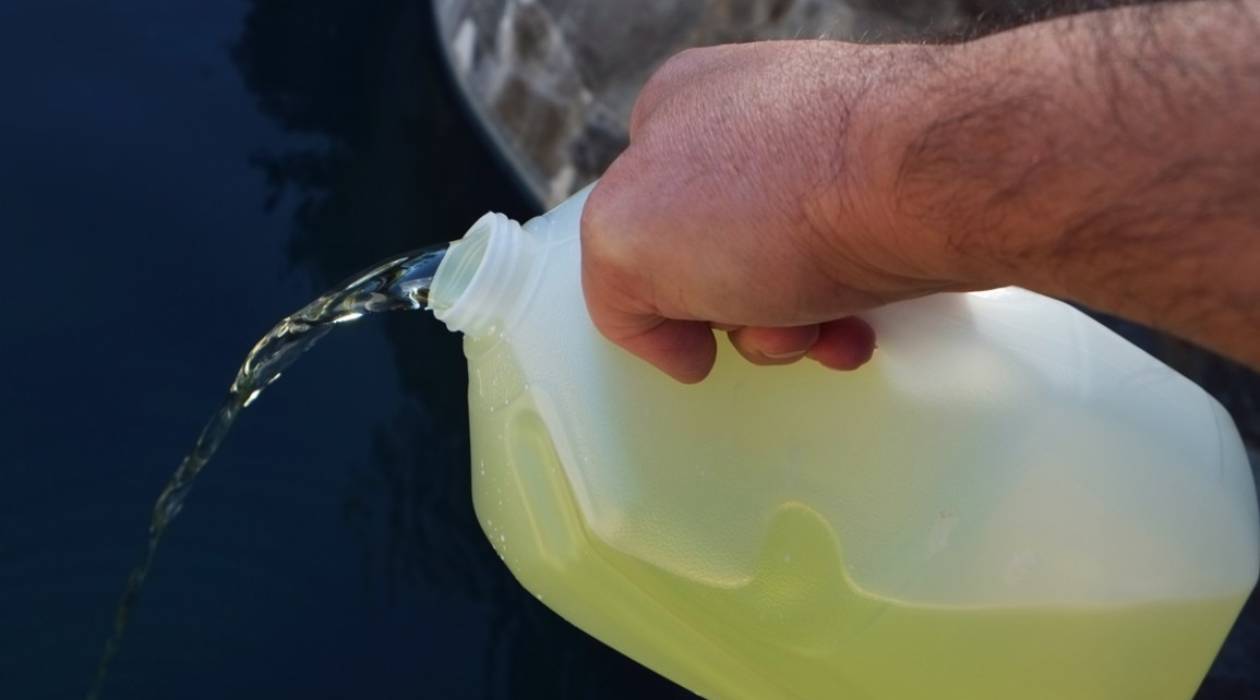

Articles
How To Store Liquid Chlorine
Modified: January 20, 2024
Learn how to properly store liquid chlorine in this informative article. Discover best practices and guidelines to ensure safety and longevity.
(Many of the links in this article redirect to a specific reviewed product. Your purchase of these products through affiliate links helps to generate commission for Storables.com, at no extra cost. Learn more)
Introduction
Proper storage of liquid chlorine is essential to ensure the safety of both individuals and the environment. Liquid chlorine is widely used in various industries, including water treatment, swimming pools, and cleaning agents. However, mishandling or improper storage of this highly reactive chemical can lead to hazardous situations.
In this article, we will discuss the importance of proper storage for liquid chlorine, the factors to consider when choosing a storage container, tips for ensuring proper ventilation, guidelines for handling and transportation, creating a safe storage area, and monitoring and maintaining liquid chlorine storage.
By following these guidelines, you can minimize the risks associated with liquid chlorine and maintain a safe working environment.
Key Takeaways:
- Proper storage of liquid chlorine is crucial for safety, compliance, and long-term stability. Choosing the right container, ensuring proper ventilation, and following handling guidelines are essential for minimizing risks and maintaining a safe working environment.
- Creating a safe storage area and monitoring and maintaining liquid chlorine storage are vital for preventing accidents and ensuring chemical integrity. Regular inspections, emergency response planning, and ongoing training contribute to a safe working environment.
Read more: How To Store Chlorine Tablets
Why is Proper Storage of Liquid Chlorine Important?
Proper storage of liquid chlorine is crucial for several reasons:
- Safety: Liquid chlorine is a highly reactive and corrosive substance. Improper storage can result in leaks or spills, leading to serious injuries or even fatalities. Adequate storage measures help prevent accidents and ensure the safety of workers and the surrounding environment.
- Prevention of Chemical Reactions: Liquid chlorine reacts vigorously with organic materials and other chemicals, which can lead to the release of toxic gases or explosions. Properly storing liquid chlorine in dedicated containers prevents cross-contamination and minimizes the risk of accidental chemical reactions.
- Compliance with Legal Requirements: Local, state, and federal regulations impose strict guidelines on the storage and handling of hazardous substances, including liquid chlorine. By following these regulations, you not only ensure the safety of your workers but also avoid legal repercussions and potential fines.
- Long-Term Stability: Liquid chlorine is sensitive to temperature and pressure changes. By storing it in appropriate containers and maintaining the recommended temperature range, you can extend its shelf life and ensure its efficacy when used for water treatment or other applications.
To ensure the proper storage of liquid chlorine, it is essential to consider factors such as the choice of storage container, ventilation, handling procedures, and maintenance. Taking these steps will minimize the risks associated with liquid chlorine and promote a safer working environment.
Choosing the Right Storage Container
When it comes to storing liquid chlorine, selecting the appropriate storage container is crucial for the safety and integrity of the chemical. Here are some factors to consider when choosing a storage container:
- Material: The storage container should be made of materials that are compatible with liquid chlorine. Stainless steel or high-density polyethylene (HDPE) containers are often recommended due to their resistance to corrosion and chemical compatibility.
- Capacity: The container’s capacity should be sufficient to hold the intended amount of liquid chlorine. It is essential to consider the size of your operation and the frequency of chlorine usage to ensure that the container can accommodate your needs adequately.
- Tightness: The storage container should be tightly sealed to prevent any leaks or spills. Choose a container with a secure closure mechanism, such as a threaded cap or a locking lid, to ensure that the liquid chlorine remains securely contained.
- Labeling: Proper labeling is crucial for easy identification and safe handling. Look for a container that allows for clear labeling, including the name of the chemical, hazard warnings, and safety instructions.
- Secondary Containment: It is recommended to use secondary containment measures, such as a containment berm or an additional tank, to capture any potential leaks or spills from the primary container. This acts as an extra layer of protection to prevent the spread of liquid chlorine and minimize environmental impact.
- Location: Consider the physical space available for storing the container. Ensure that it is placed in a well-ventilated area, away from direct sunlight and sources of heat. Additionally, the storage area should be easily accessible to emergency response personnel.
When choosing a storage container for liquid chlorine, it is important to consult with industry experts or refer to regulatory guidelines for specific requirements. Remember, selecting the right container is a critical step in ensuring the safe storage and handling of liquid chlorine.
Ensuring Proper Ventilation
Proper ventilation is essential when storing liquid chlorine to prevent the accumulation of toxic gases and maintain a safe working environment. Here are some tips to ensure proper ventilation:
- Adequate Air Exchange: The storage area should have proper air exchange to prevent the buildup of chlorine gas. This can be achieved by installing fans or ventilation systems that continuously circulate fresh air. Ensure that the ventilation system is functioning properly and regularly maintained.
- Ventilation in the Storage Container: Some storage containers may come equipped with ventilation systems or pressure relief valves. These features help release excess pressure and prevent the over-pressurization of the container. Make sure to inspect and maintain these ventilation systems regularly.
- Avoid Obstructions: Ensure that the ventilation system is not obstructed by any objects or materials, allowing for unobstructed airflow. Keep the area around the ventilation system clear and make sure that there are no obstructions blocking the vents or openings.
- Monitor Air Quality: Use air quality monitors or gas detectors to continuously monitor the presence of chlorine gas in the storage area. Regularly calibrate and maintain these devices to ensure accurate readings. If high levels of chlorine gas are detected, evacuate the area immediately and follow emergency response procedures.
- Emergency Ventilation: In the event of a leak or spill, it is crucial to have emergency ventilation systems in place. These systems help quickly remove the released chlorine gas from the storage area, minimizing the risk of exposure and potential harm.
- Personnel Training: Train personnel on the importance of proper ventilation, including the signs of poor ventilation and the necessary steps to ensure a safe working environment. Provide education on emergency procedures, such as evacuations and contacting emergency response teams.
Proper ventilation is vital to prevent the buildup of chlorine gas, which can be harmful or even fatal. By implementing these ventilation practices and maintaining a well-ventilated storage area, you can significantly reduce the risks associated with storing liquid chlorine.
Store liquid chlorine in a cool, dry, well-ventilated area away from direct sunlight and sources of heat. Keep it tightly sealed in its original container and away from incompatible materials.
Handling and Transportation of Liquid Chlorine
Proper handling and transportation of liquid chlorine are crucial to prevent accidents, spills, and exposure to this hazardous chemical. Here are important guidelines to follow:
- Personal Protective Equipment (PPE): When handling liquid chlorine, always wear appropriate PPE, including safety goggles, gloves, a chemical-resistant apron, and a respirator. These protective measures help minimize the risk of exposure to chlorine gas or contact with the liquid chemical.
- Training and Certification: Ensure that all personnel involved in the handling and transportation of liquid chlorine are properly trained and certified. Training should cover proper handling techniques, emergency procedures, and recognizing the signs of a leak or spill.
- Secure Packaging: Liquid chlorine should be transported in approved containers that are designed for the safe transportation of hazardous substances. Containers should be tightly sealed and stored in a well-ventilated area within the transporting vehicle.
- Stability During Transport: During transportation, liquid chlorine containers should be secured and protected from any excessive movement or vibrations. This helps prevent accidents such as spills or leaks that may result from container damage or instability.
- Proper Loading and Unloading: Pay careful attention to the loading and unloading process to prevent any damage to the containers. Ensure that loading areas are clear of any obstacles and that containers are safely secured during transport.
- Emergency Kit: Keep an emergency kit readily available during transportation, including spill containment materials, absorbent pads, leak-sealing equipment, and personal protective equipment. This allows for a quick response in the event of a leak or spill.
- Transportation Route: Plan the transportation route in advance to avoid densely populated areas, schools, residential neighborhoods, or sensitive environmental areas. Stick to approved routes and adhere to any local regulations or restrictions related to the transportation of hazardous materials.
- Communication: Maintain clear communication channels between the driver, transportation company, and emergency response teams. Ensure that contact information for relevant personnel is readily available in case of an emergency.
By following these guidelines, you can help minimize the risks associated with the handling and transportation of liquid chlorine. Safety should always be the top priority when working with hazardous substances.
Read more: How To Store Prednisolone Liquid
Creating a Safe Storage Area
Creating a safe storage area for liquid chlorine is essential to prevent accidents, minimize the risk of exposure, and ensure the integrity of the chemical. Here are some important considerations when setting up a storage area:
- Location: Choose a well-ventilated area away from sources of heat, ignition, and direct sunlight. The storage area should be easily accessible and equipped with appropriate safety equipment.
- Secondary Containment: Use secondary containment measures, such as bunds or spill containment pallets, to trap any potential spills or leaks. This helps prevent the spread of liquid chlorine and minimizes environmental impact.
- Signage: Clearly label the storage area with prominent signage indicating the presence of liquid chlorine and the necessary safety precautions. This helps prevent accidental entry by unauthorized personnel and raises awareness among employees.
- No Smoking: Enforce a strict no-smoking policy in and around the storage area. Smoking near liquid chlorine can ignite chlorine gas, leading to serious accidents. Post no-smoking signs and provide designated smoking areas away from hazardous storage areas.
- Secure Access: Limit access to the storage area to authorized personnel only. Use locks or access control systems to prevent unauthorized entry and ensure that only trained individuals handle and access liquid chlorine.
- Fire Protection: Install appropriate fire protection equipment, such as fire extinguishers and sprinkler systems, in the storage area. Regularly inspect and maintain these systems to ensure they are in proper working condition.
- Spill Cleanup Kits: Have spill cleanup kits readily available in the storage area. These kits should include absorbent materials, gloves, goggles, and other necessary equipment to safely and effectively clean up small spills.
- Inventory Control: Implement an inventory control system to track the quantity of liquid chlorine stored and monitor expiration dates. This helps ensure that the chemical is used within its recommended shelf life and reduces the risk of storing expired or deteriorated chlorine.
- Regular Inspections: Conduct regular inspections of the storage area to identify and address any potential issues. Check for signs of corrosion or damage in the containers and ensure that any ventilation systems are functioning properly.
Creating a safe storage area for liquid chlorine requires careful planning, adherence to safety regulations, and regular maintenance. By implementing these measures, you can minimize the risks associated with storing liquid chlorine and maintain a safe working environment.
Monitoring and Maintaining Liquid Chlorine Storage
Regular monitoring and maintenance of liquid chlorine storage is crucial to ensure the integrity of the chemical, prevent leaks or spills, and maintain a safe environment. Here are some important steps to follow:
- Inspect Containers: Regularly inspect the storage containers for signs of damage, corrosion, or wear. Any compromised containers should be immediately replaced to prevent leaks and ensure the safety of the stored liquid chlorine.
- Check Labels and Safety Data Sheets: Inspect the labels on the containers to ensure that they are intact and legible. Additionally, review the safety data sheets (SDS) to familiarize yourself with the properties and hazards of liquid chlorine, as well as the recommended storage and handling procedures.
- Temperature Control: Monitor the temperature of the storage area to ensure it remains within the recommended range for liquid chlorine. Fluctuations in temperature can affect the stability and efficacy of the chemical.
- Leak Detection: Regularly check for potential leaks or drips around the storage containers and the surrounding area. Use leak detection equipment, such as sniffers or gas detectors, to identify any leaks or traces of chlorine gas. If a leak is detected, follow proper emergency procedures and address the issue immediately.
- Emergency Response Plan: Develop a comprehensive emergency response plan that outlines the necessary steps to take in the event of a leak, spill, or other emergencies involving liquid chlorine. Train all personnel on the plan and regularly conduct drills to ensure everyone is familiar with the procedures.
- Regular Maintenance: Schedule regular maintenance for storage containers, ventilation systems, and safety equipment. Replace worn-out parts, clean vents or filters, and ensure that all equipment is in proper working condition. Maintain a record of all maintenance activities and inspections.
- Regular Training: Provide ongoing training to all personnel involved in the handling and storage of liquid chlorine. This should include updated safety procedures, proper handling techniques, and awareness of potential hazards.
- Documentation: Keep thorough documentation of all storage-related activities, including inventory management, maintenance records, inspections, and training sessions. This documentation ensures compliance with regulatory requirements and provides a historical record of storage practices.
- Periodic Audits: Conduct periodic audits of the liquid chlorine storage area to assess compliance with safety regulations and identify any areas for improvement. Use these audits as an opportunity to implement corrective actions and enhance safety measures.
By diligently monitoring and maintaining your liquid chlorine storage, you can proactively address any issues, ensure the integrity of the chemical, and promote a safe working environment for all personnel involved.
Conclusion
Proper storage of liquid chlorine is of utmost importance to maintain the safety of individuals and the environment. By following the guidelines outlined in this article, you can ensure the safe storage and handling of liquid chlorine:
- Understand the importance of proper storage and the potential risks associated with mishandling or improper storage of liquid chlorine.
- Choose the right storage container made of compatible materials, with appropriate capacity and secure closure mechanisms.
- Ensure proper ventilation in the storage area and regularly monitor air quality to prevent the buildup of toxic gases.
- Handle and transport liquid chlorine safely by wearing appropriate personal protective equipment, using secure packaging, and following established procedures.
- Create a safe storage area by considering location, secondary containment, signage, fire protection, and secure access.
- Maintain and monitor liquid chlorine storage regularly by inspecting containers, checking labels and safety data sheets, and implementing leak detection measures.
- Develop an emergency response plan, conduct regular training, and document all activities related to liquid chlorine storage.
Remember, safety should always be the top priority when it comes to storing and handling hazardous substances like liquid chlorine. By implementing proper storage practices and adhering to safety guidelines, you can minimize the risks associated with liquid chlorine and maintain a safe working environment for everyone involved.
Always consult industry experts, refer to regulatory guidelines, and stay updated with the latest safety practices to ensure compliance and continuously improve your liquid chlorine storage procedures.
Frequently Asked Questions about How To Store Liquid Chlorine
Was this page helpful?
At Storables.com, we guarantee accurate and reliable information. Our content, validated by Expert Board Contributors, is crafted following stringent Editorial Policies. We're committed to providing you with well-researched, expert-backed insights for all your informational needs.
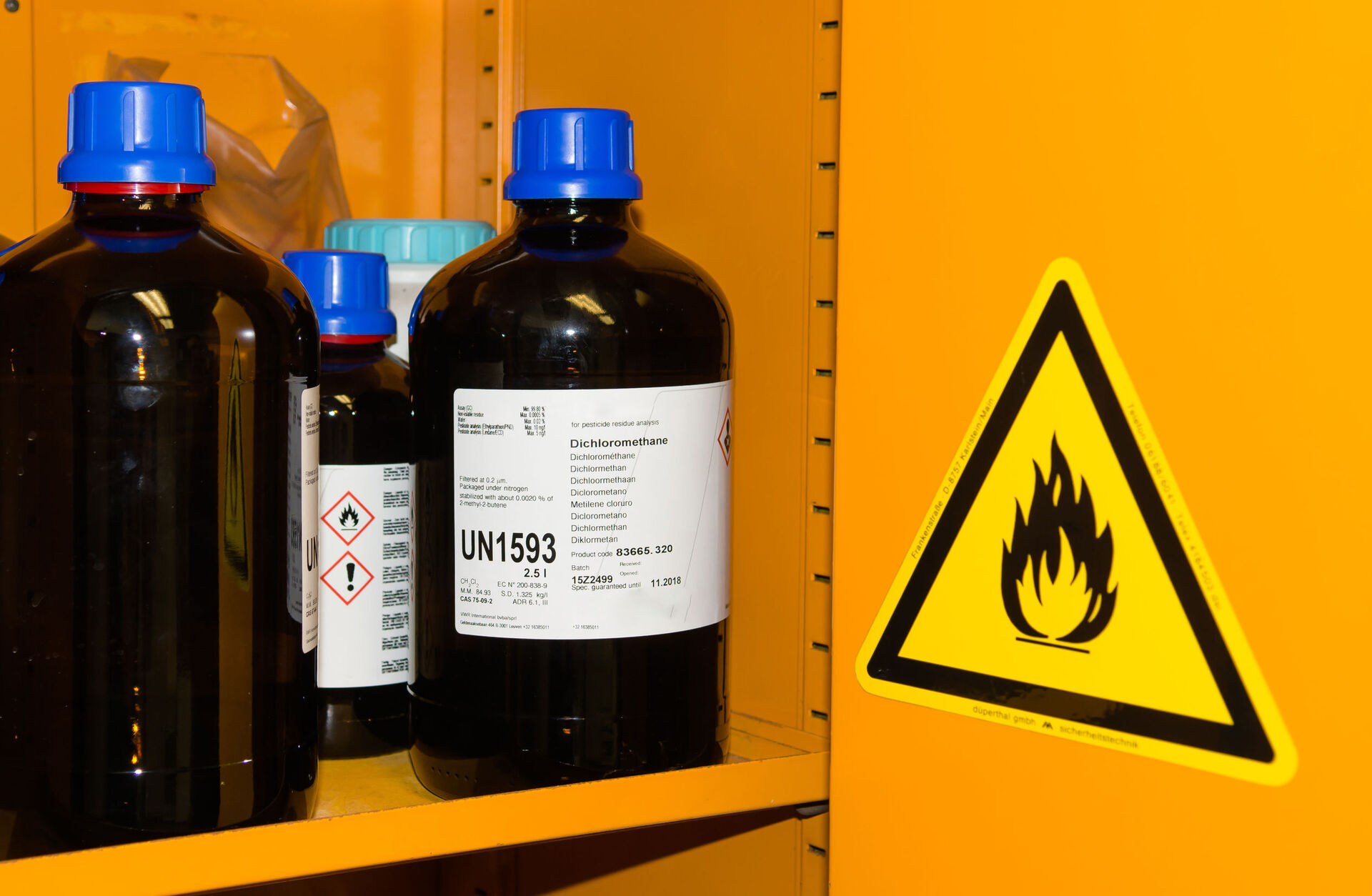
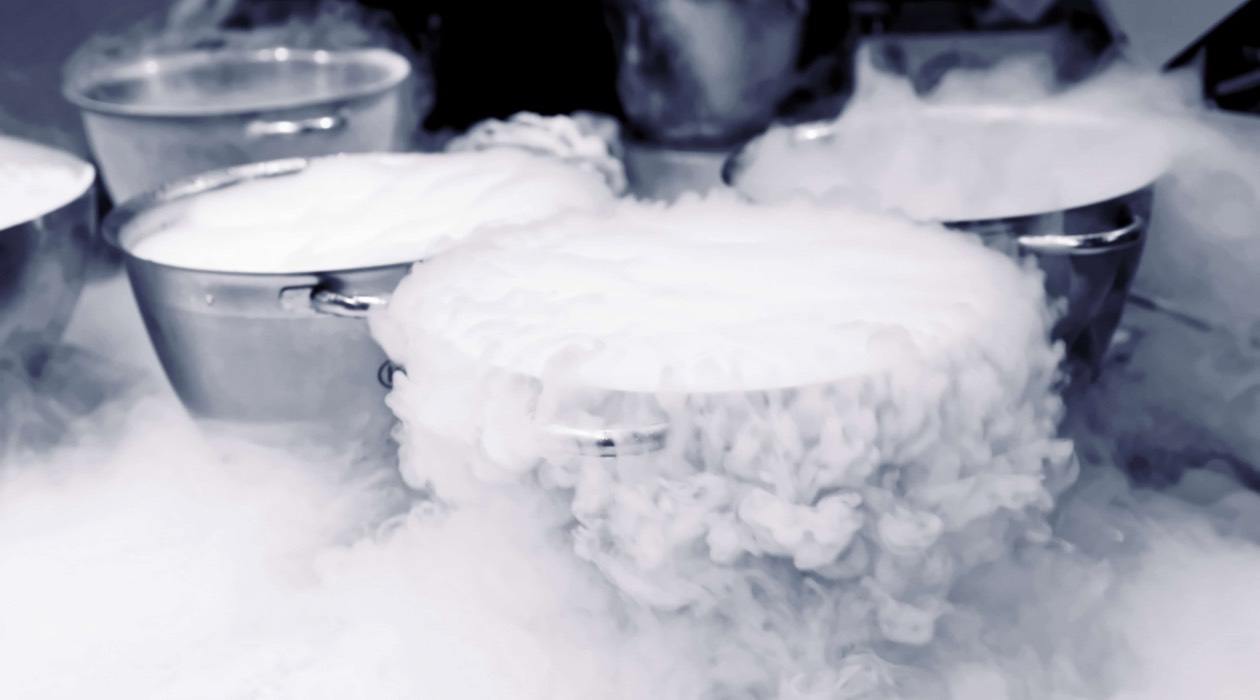

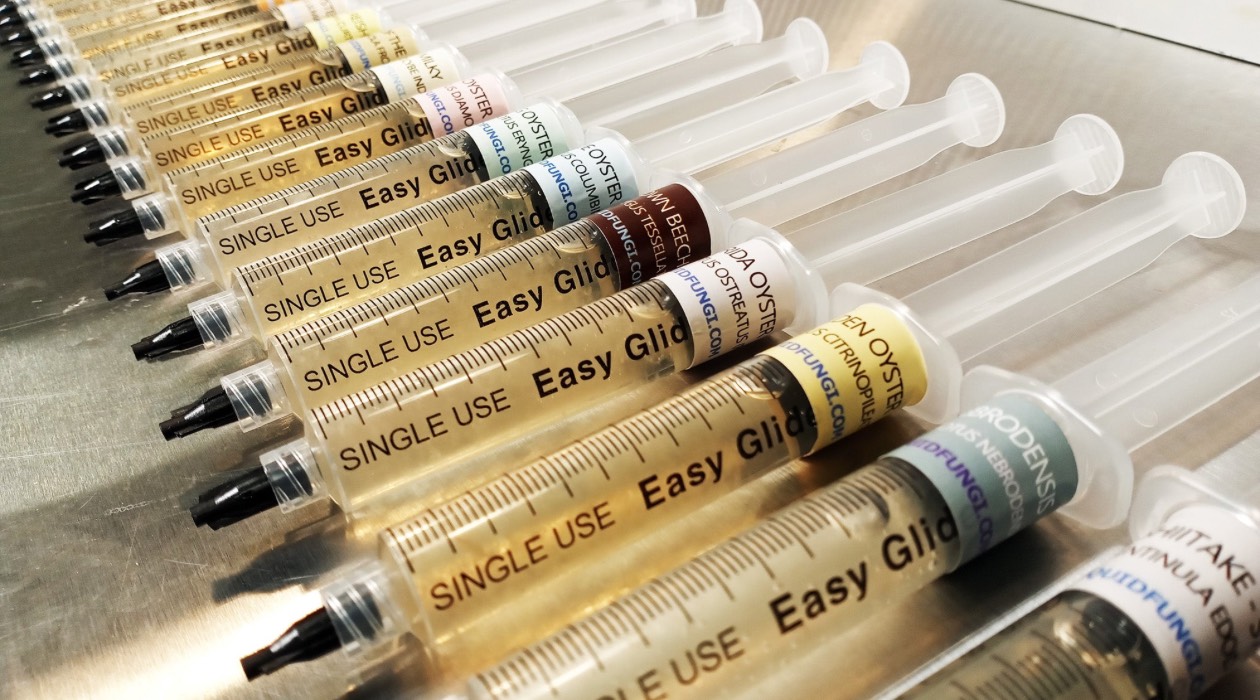
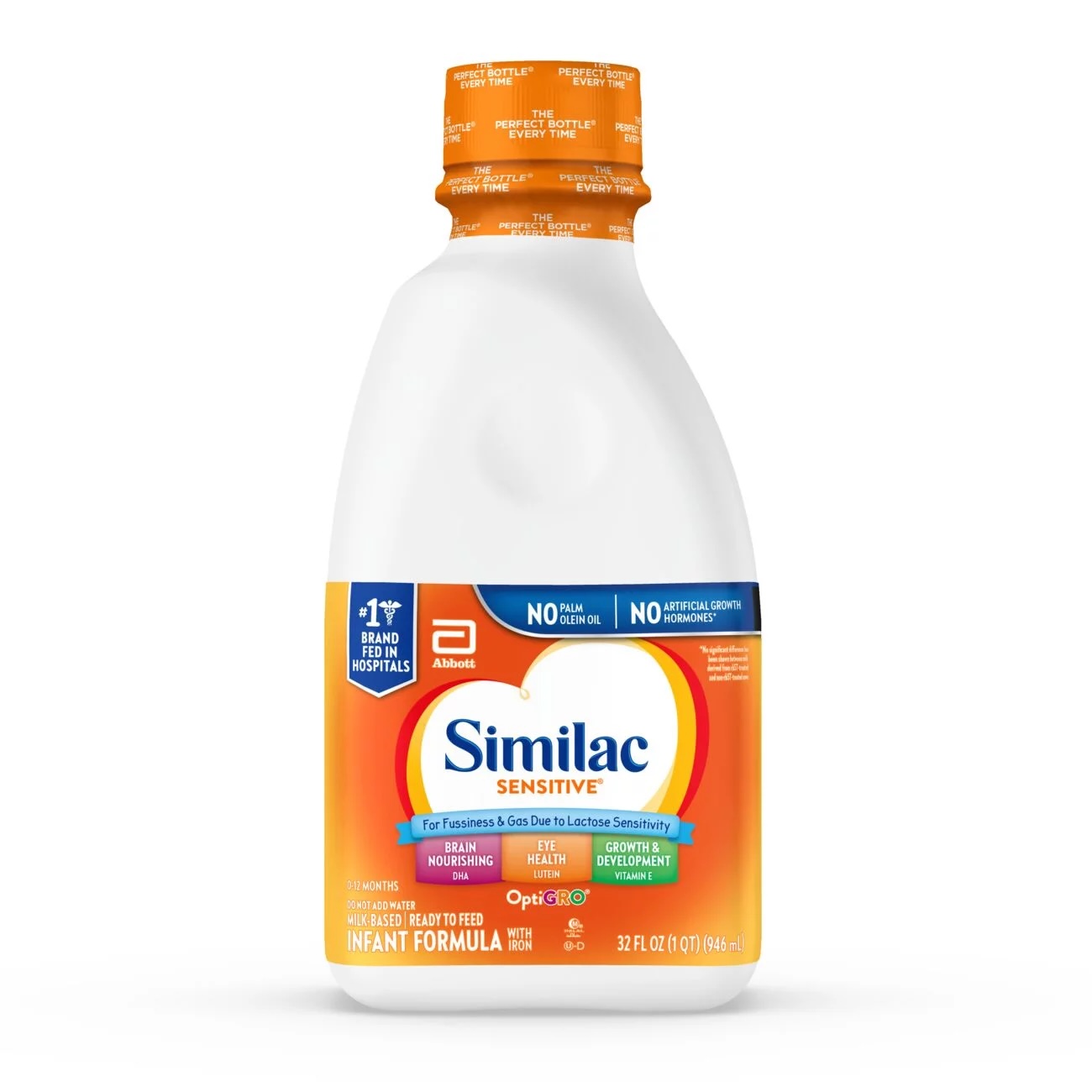

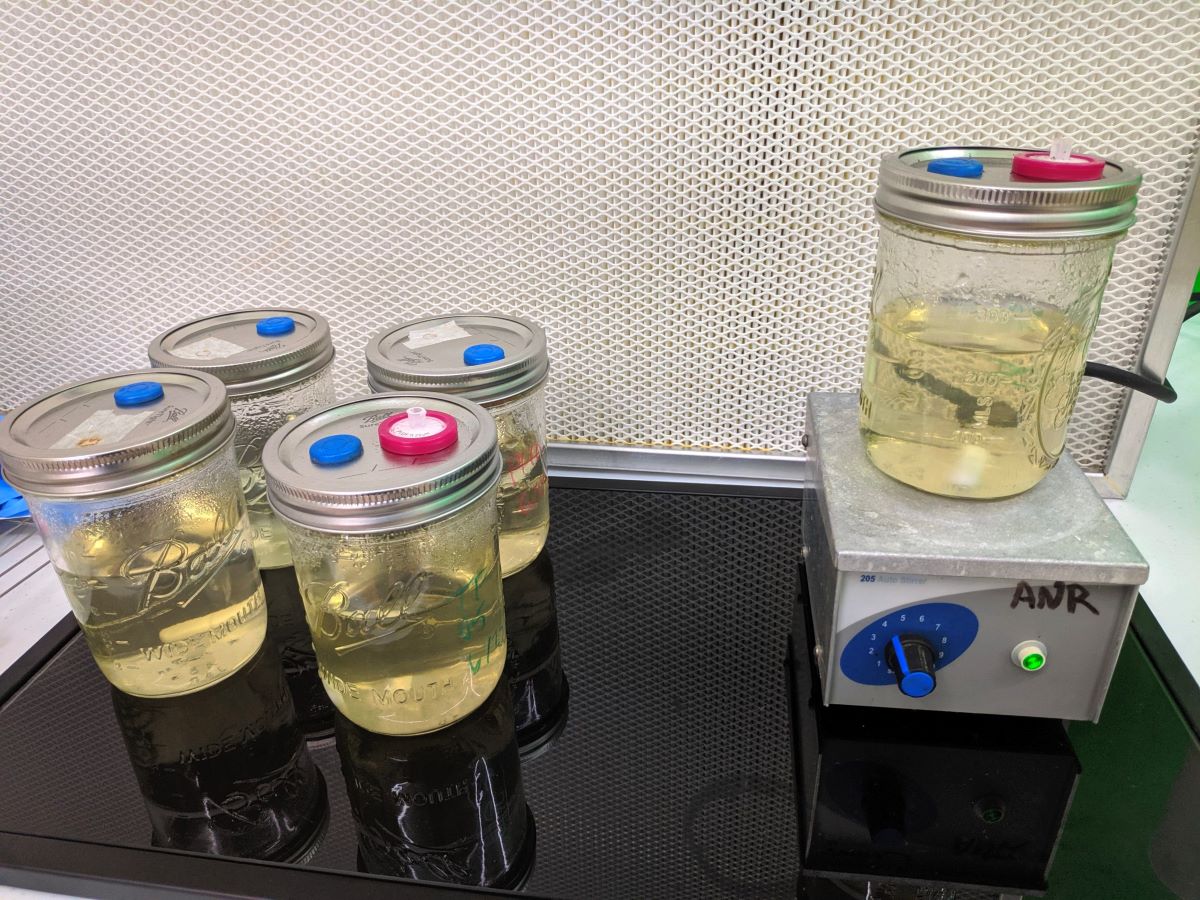

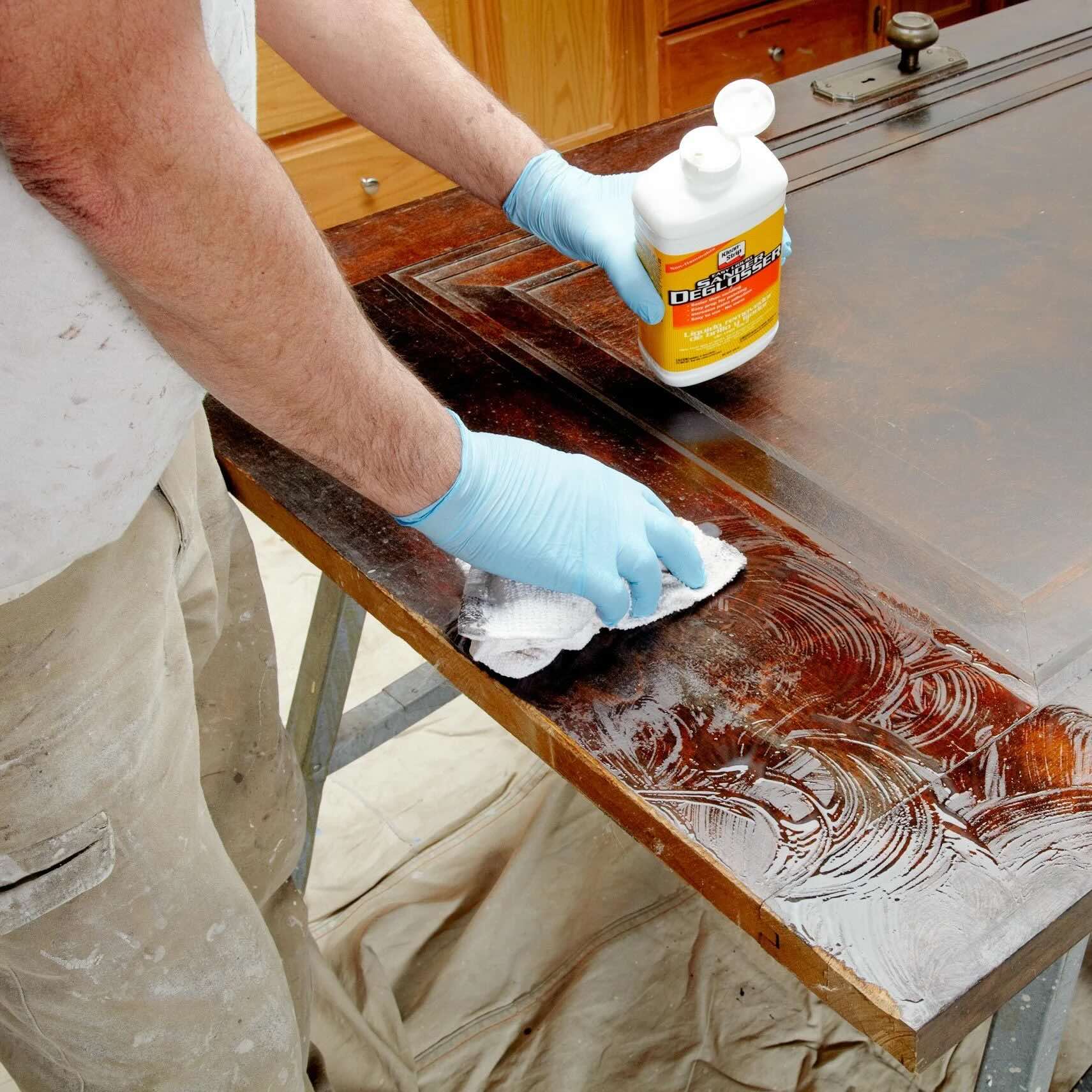
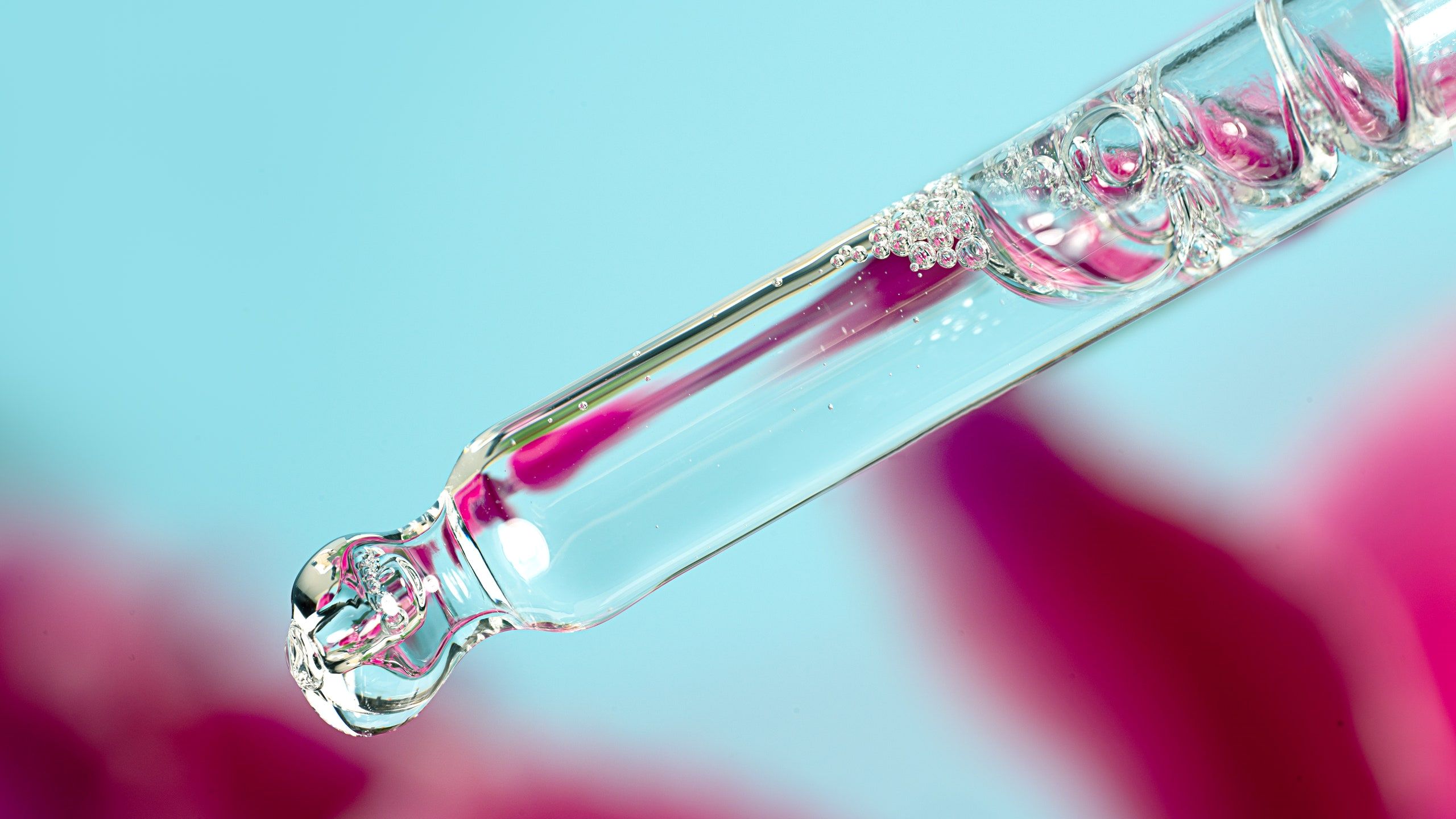


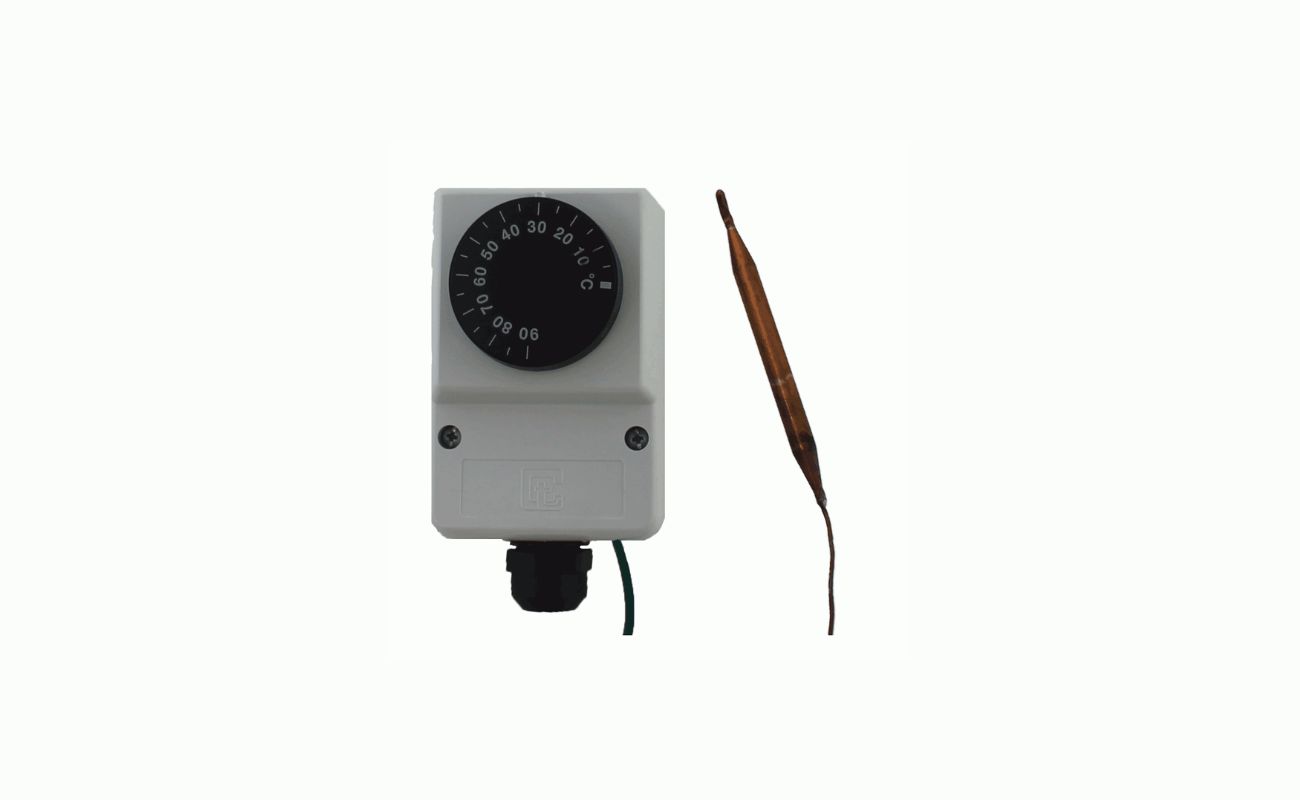
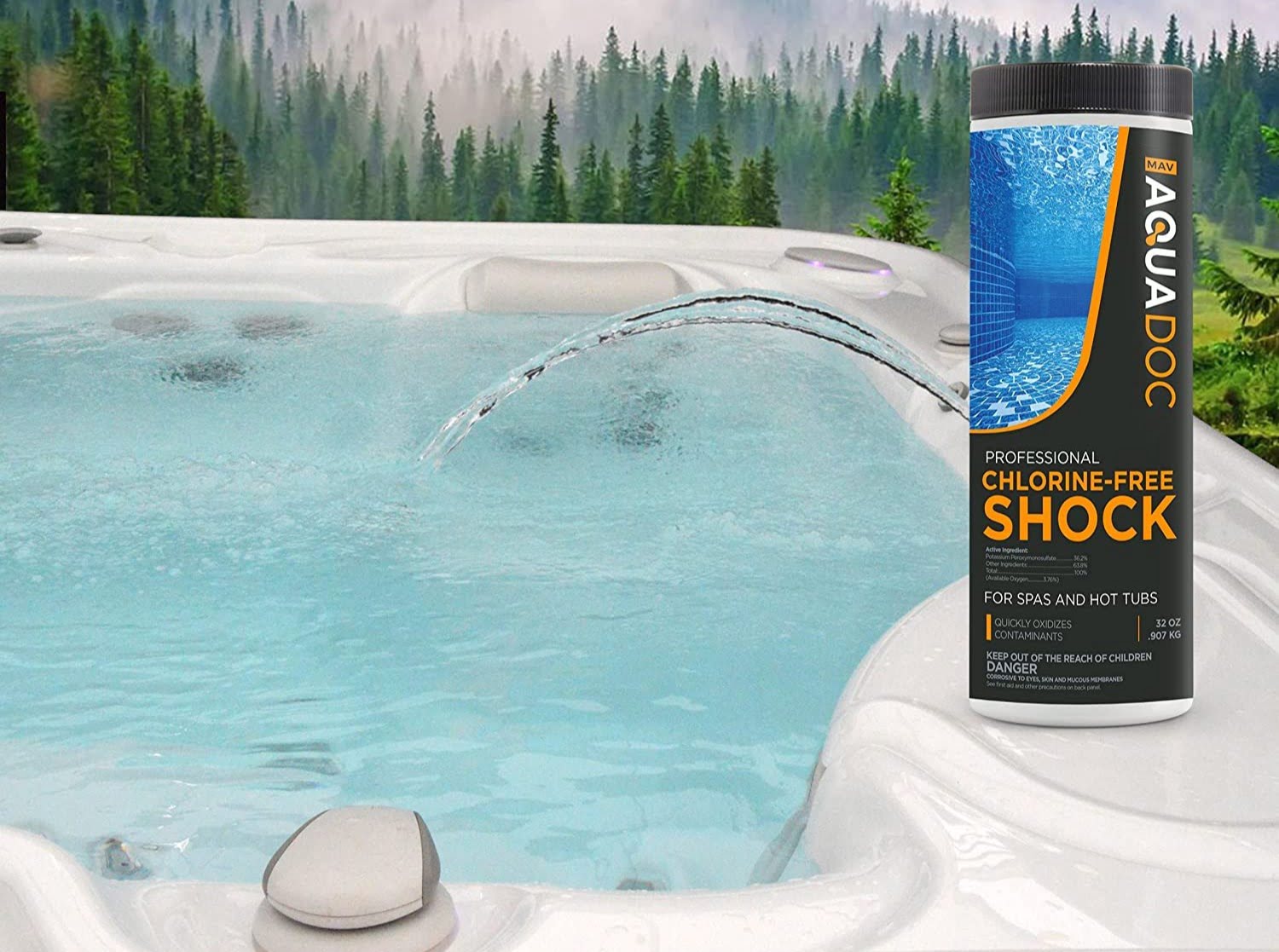

0 thoughts on “How To Store Liquid Chlorine”